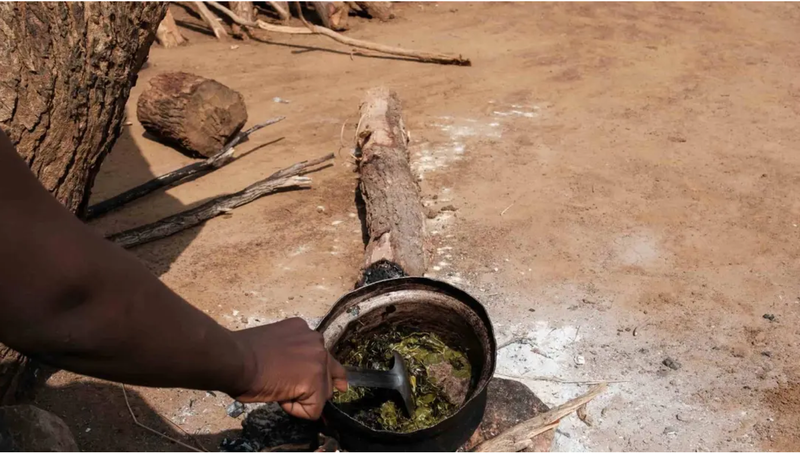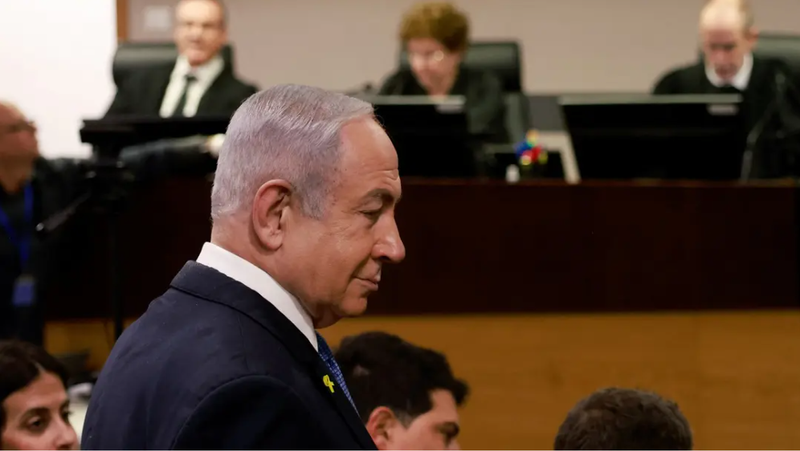Extreme Heat Kills Over 170 in Northern India
Around 170 people have died from the extreme heat of India's latest heatwave. The heat-related illnesses overwhelmed the hospitals in India's most populous states of Uttar Pradesh and Bihar.

Facts
- Around 170 people have died from the extreme heat of India's latest heatwave. The heat-related illnesses overwhelmed the hospitals in India's most populous states of Uttar Pradesh and Bihar.1
- Ahead of the extreme heat, the Indian Meteorological Department warned residents with a red alert signifying the arrival of extreme and deadly heat conditions. Temperatures in the northern region rose to 45°C (113°F), as the Ballia District was crippled by an electricity crisis.2
- On Sunday, the Department issued additional red alert warnings forecasting that the severe weather would continue into Tuesday. Residents of all ages were warned about the possibility of heat-related illness, including heat stroke.3
- Controversy arose on Friday when Dr. Diwakar Singh, the chief of Ballia District Hospital, announced that heat may have been a factor in the increased number of deaths. Dr. Singh said that while a majority of the patients were 60 years of age or older and suffered from pre-existing conditions, those conditions were exacerbated by the heat and likely resulted in their deaths, and was removed from his post the next day.4
- The surge in deaths at local hospitals has led doctors to conclude that the deaths and the extreme heat may be linked. In the Ballia District, on average eight people pass away daily — on Thursday alone the region reported 23 deaths, and on Friday another 11 deaths.5
- In response to the removal, the Uttar Pradesh deputy chief minister Brajesh Pathak said that while Dr. Singh's statements were "careless," the government was taking the increase in deaths "very seriously." While India is known for its hot weather in April, May, and June, data shows that in the last 10 years, the heat has become more extreme.4
Sources: 1Al Jazeera, 2Reuters, 3Washington Post, 4BBC News, and 5New York Times.
Narratives
- Narrative A, as provided by Wired. As the climate continues to change and the globe warms, India has found itself unprepared, with millions of lives at stake. The deadly combination of heat and humidity has overtaken the South Asian country and the central government holds little more than a plan to provide residents with a warning. India simply lacks the technical solutions and the administrative abilities to adequately prepare for such dangerous conditions.
- Narrative B, as provided by Reuters. When faced with the challenges of extreme heat, India's central and local governments have stepped up to protect its residents. Short-term measures such as cooling centers have begun and longer-term actionable plans are in place to include the planting of trees, shelters for public workers, and misting areas. India is developing robust strategies to be resilient to heat episodes.






